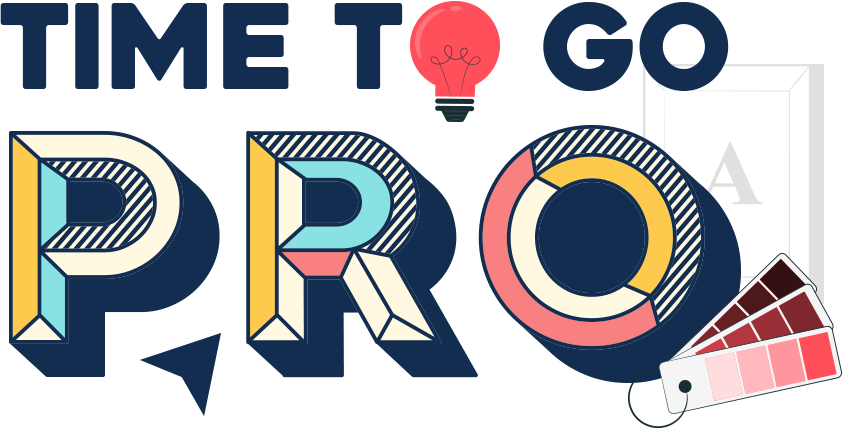Do you want to learn how to create geometric patterns in Illustrator that can be easily modified and tweaked? Martin takes you through the step by step process in this fascinating video tutorial. You can discover simple time-saving features allowing you to create beautiful patterns that are quick and easy to alter.
We really recommend watching the video tutorial so you can follow along with the steps and discover all of Martin’s tips and tricks. This blog contains an overview of the techniques covered.
Create the tile
To create a pattern, first, you must create the tile. The tutorial shows you how using the transform feature as a live effect makes working with the tile so much easier. It allows you to select any part of the design and start moving it around so all the sides move at the same time and the pattern can be easily compressed or expanded.
The beauty of live effects is you can always go back and make further tweaks as the underlying object is kept intact.
In the video tutorial, Martin gives an in-depth explanation of how to create shapes using the transform effect, which we would recommend watching to get a grasp of this powerful tool. Below are a couple of useful features Illustrator has that will help you with your pattern design:
Line extension smart guide
Illustrator has a really useful smart guide which tells you when you are extending a line. Draw a line in any angle, select an anchor point and drag it, and it extends the line without changing the angle.
Outline view
Switching to outline view (by pressing Cmd/Ctrl+Y) allows you to ensure lines are perfectly aligned on top of each other.
Create the graphic style
Graphic styles allow you to quickly and easily reapply anything you create within the appearance panel onto an object. Once the transform effect has been saved as a graphic style, the transform effect can be removed from the object, the object can be turned into a group, and the newly created graphic style applied.
Other objects can then be added to the group and they will also have the transform effect applied. This allows you to easily change any part of the design that you want.
Make sure you check out the video tutorial where you can see how to merge elements, create a graphic style and apply this new graphic style to your creation.
Create the pattern
My preferred way of creating a pattern is to copy the tile, go to Object > Pattern > Make and place the tile. It will look a bit of a mess, to begin with as the pattern shape is much smaller than the pattern design. You will want to increase the tile size so you can see the original element and keep adjusting to create the pattern you want.
Remember you can always come back and adjust these settings later on and make any adjustments to the length of lines or angles of the original shape design.
Martin’s video tutorial provides much more detail about how to create a new pattern and how to tweak settings to generate the exact pattern you want.
Create the swatch
Next, we need to turn the pattern into a swatch. It’s at this point that any line effects will have to be expanded into individual objects so you can’t adjust things using the transform effect anymore. However, you will still have the original design should you wish to make changes. The new pattern shows in the swatches panel which can be applied to any artboard.
Using colours
To change the colours, double click on the swatch thumbnail which takes you back to the pattern editing mode. Select the objects that you wish to change and pick a colour. Illustrator has an excellent recolour artwork option which lets you quickly play around with getting colours just how you want them. You can use harmony rules such as complementary options to find colours that work really well together.



